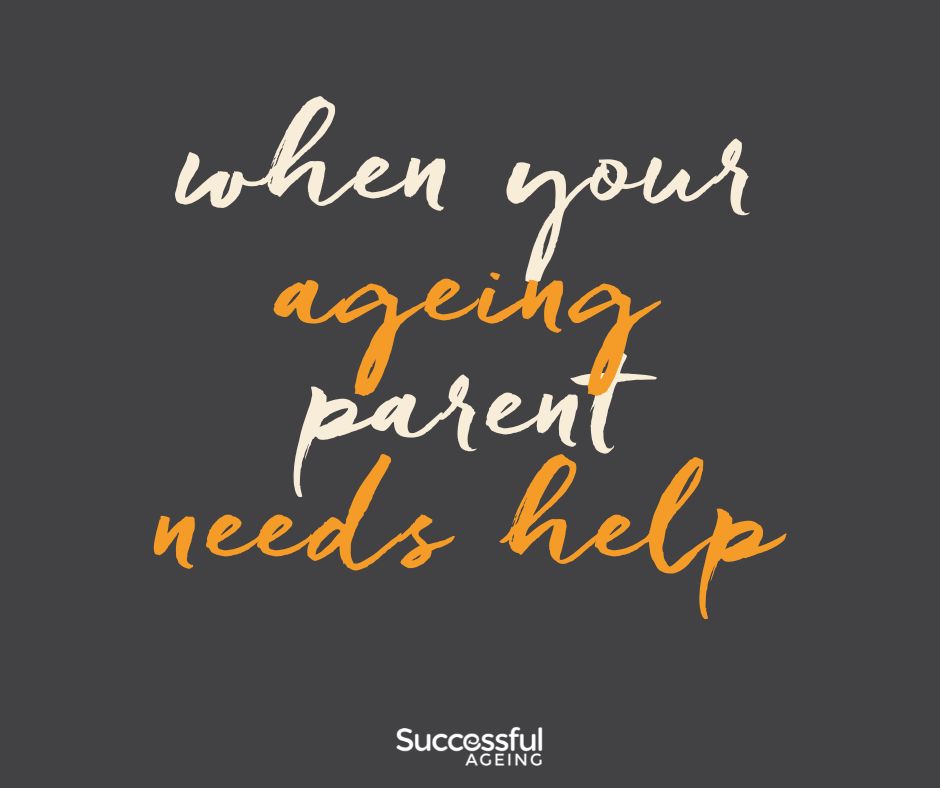Latest News
Latest News

Support At Home Program – What Does That Mean For Me?
March 4, 2025
Major Changes to In-Home Care: What You Need to Know About the New Support at Home Program
Starting 1 July 2025, a new era of in-home care will begin in Australia with the launch of the Support at Home program. Designed to improve accessibility, streamline services, and provide greater transparency, this program aims to ensure older Australians receive the right level of support to maintain their independence. Here’s what you need to know about the key changes and how they may impact you or your loved ones.
Faster Access to Care
A major frustration for many people needing in-home care has been long wait times. The Support at Home program seeks to reduce these delays by increasing government funding, aiming to cut average wait times to just three months by mid-2027. This means that those who need care won’t have to wait as long to receive essential support.
A More Tailored Funding System
Under the new framework, funding will be better matched to the level of care required. Instead of the current Home Care Package system, the Support at Home program will introduce eight ongoing care classifications, plus two short-term options for restorative care and end-of-life care.
For those with higher care needs, the most extensive support tier will provide up to $78,000 per year, surpassing the current Level 4 Home Care Package. This refined approach ensures funding is allocated more fairly, based on individual requirements.
A Clearer List of Available Services
To reduce confusion about what support is available, the program will include a well-defined service list, categorised into three main areas:
- Clinical care – Nursing, physiotherapy, and other medical-related services.
- Support for independence – Personal care, respite, transport, and social support.
- Everyday living assistance – Cleaning, gardening, meal delivery, and other household tasks.
By clearly outlining these services, individuals will have a better understanding of what support they can receive.
Quarterly Budgets & Greater Flexibility
Instead of receiving an annual budget, participants will now receive quarterly funding based on their classification. This allows for more flexibility in allocating funds, so individuals can prioritise the services that matter most to them. Additionally, participants can carry over up to $1,000 (or 10% of their budget, whichever is greater) into the next quarter, providing added financial security.
Independence-First Approach
A key focus of the new program is to help older Australians stay independent for as long as possible. As part of this commitment, individuals will have access to assistive technology and home modifications without needing to use their care funds.
Additionally, the restorative care pathway will provide up to 12 weeks of intensive support designed to help individuals regain mobility, strength, and confidence, potentially delaying the need for ongoing care.
Enhanced End-of-Life Care Support
For individuals wishing to spend their final months at home, the program introduces a dedicated funding system for end-of-life care. Those with a life expectancy of less than three months will be eligible for up to $25,000 over 12 weeks to help cover the cost of palliative care services, ensuring dignity and comfort in their final days.
New Contribution Framework Based on Income
A new payment structure will determine how much participants contribute towards their care, based on their financial situation. While clinical services will remain fully funded, individuals will contribute towards independence and everyday living services depending on their income and assets.
- Full pensioners: No contribution for clinical services, 5% for independence services, 17.5% for everyday living services.
- Self-funded retirees: May contribute up to 50% for independence services and 80% for everyday living services.
These changes align with the Age Pension means test, ensuring contributions remain fair and affordable.
What Happens to Current Home Care Package Recipients?
If you’re already receiving a Home Care Package (HCP) or are approved for one by 30 June 2025, rest assured your existing funding will continue. Any unspent funds will transition into the new system, and some participants may even qualify for a higher level of support under the updated classification model.
How Successful Ageing Can Support You
At Successful Ageing, we understand that change can be overwhelming. Our team is here to guide you through this transition, ensuring you understand how the new Support at Home program affects you and helping you access the right services for your needs.
We take the time to assess your unique situation and offer personalised support to navigate these updates with confidence. Whether you have questions about funding, service options, or eligibility, our experienced team is here to help.
The introduction of the Support at Home program marks a significant shift in how in-home care is delivered in Australia. With improved access, clearer service options, and greater financial flexibility, the program aims to provide more personalised and effective support to help older Australians live independently for longer.
If you’d like to learn more or need assistance planning for these changes, reach out to Successful Ageing today. Our dedicated team is ready to help you make the most of the new system and ensure you continue receiving the care you need, when you need it.





